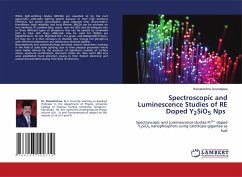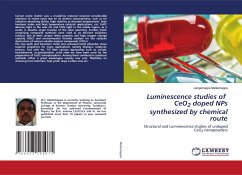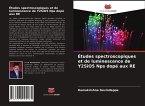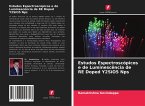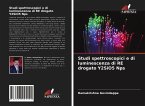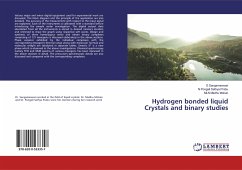White light-emitting diodes (WLEDs) are expected to be the next generation solid-state lighting system because of their high luminous efficiency, low power consumption, quick response time, environment-friendliness, high reliability, and long lifetime. WLEDs can be achieved via two methods. (i) combine blue, green, and red LEDs and (ii) integrate two or three different types of phosphors that can be excited by ultraviolet (UV) or blue LED chips. Materials may be used for WLEDs are Mg2SiO4:Eu3+ for red, Mg2SiO4:Tb3+ for green, and BaMgAl10O17:Eu2+ for blue etc. It is thus necessary to develop new orange red phosphors with efficient luminescence and satisfactory chemical stability. Nanomaterials and nanotechnology attracted several researchers working in the field of solid state lighting, due to their physical properties which were highly altered by the presence of significant number of surface atoms, quantum confinement, electronic states etc. Rare earth [RE] ions were establishedmuch attention owing to their distinct electronic and optical characteristics arising from their 4f electrons.

